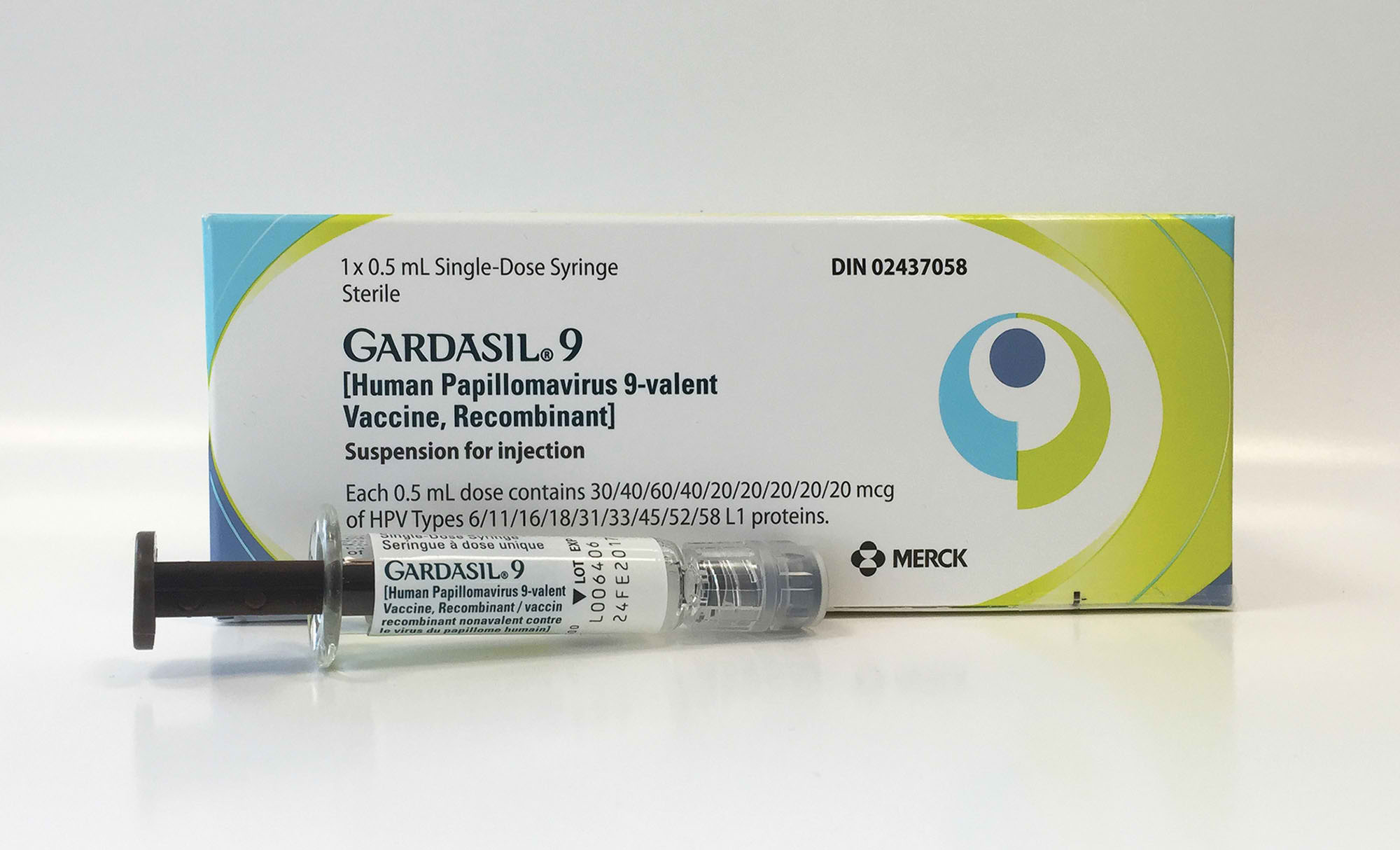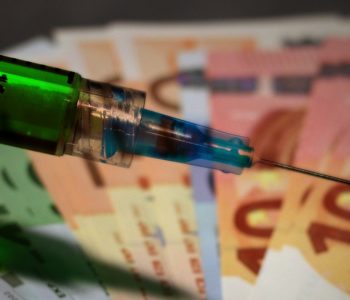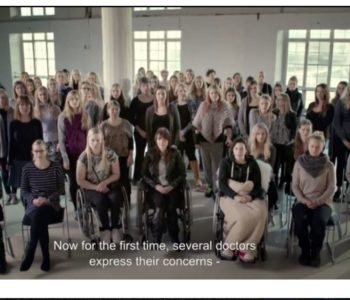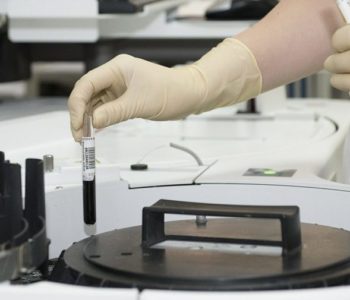
HPV Vaccine: Does it prevent cancer? Do we need it?
About Gardasil
Merck’s original Gardasil vaccine was the first FDA approved HPV vaccine. It targeted HPV types 6, 11, 16, and 18. Gardasil was granted Fast Track approval by the FDA after only a six month review process.10 According to the FDA, Fast Track approval is a program designed to accelerate the review of medications targeting “serious conditions and fill an unmet medical need.”11 To meet the criteria of “unmet need”, a drug must demonstrate a greater benefit over the currently available treatment.
…
Despite the availability of effective treatment options for the detection and prevention of cervical cancer, Gardasil was granted Fast Track status and an accelerated approval by the FDA.14 Accelerated approval is designed to allow drugs to be approved before they show any clinical benefit to the patient. Approval is based on findings associated with use of a “surrogate endpoint”, such as a physical marker, laboratory finding such as antibody levels or “other measure that is thought to predict clinical benefit, but is not itself a measure of clinical benefit.”15 In other words, Gardasil did not have to demonstrate true effectiveness – prevention of cervical cancer – prior to being determined to be effective and granted approval and licensed by the FDA.
Invasive cervical cancer from an unresolved HPV infection can take decades16 to develop, and as a result, Merck’s pre-licensing studies of Gardasil, limited to five years,17 could not clinically confirm that its vaccine could actually prevent cervical cancer. …
…
Over time, it became clear that Merck’s original Gardasil vaccine formulation was inadequate in addressing all the HPV types of concern. As a result, Merck increased the number of types of HPV from four to nine and on December 10, 2014, its 9-valent recombinant vaccine (Gardasil 9) received FDA approval for use in females ages 9 through 26 years of age, for the prevention of genital warts associated with HPV Types 6 and 11 and for the prevention of anal, cervical, vaginal, and vulvar cancers associated with HPV Types 16, 18, 31, 33, 45, 52, and 58.112 The FDA also approved Gardasil 9 for use in males ages 9 through 15 for the prevention of genital warts associated with HPV Types 6 and 11 and for the prevention of anal cancer associated with HPV Types 16, 18, 31, 33, 45, 52, and 58.113 In addition to doubling the amount of HPV protein antigen contained in the original Gardasil, Merck’s Gardasil 9 increased the amount of bioactive aluminum adjuvant to from 225 mcg to 500mcg.
∼∼∼∼∼∼∼
Journal of the Royal Society of Medicine
January 21, 2020
We conducted a critical appraisal of published Phase 2 and 3 efficacy trials in relation to the prevention of cervical cancer in women. Our analysis shows the trials themselves generated significant uncertainties undermining claims of efficacy in these data. There were 12 randomised control trials (RCTs) of Cervarix and Gardasil. The trial populations did not reflect vaccination target groups due to differences in age and restrictive trial inclusion criteria. The use of composite and distant surrogate outcomes makes it impossible to determine effects on clinically significant outcomes. It is still uncertain whether human papillomavirus (HPV) vaccination prevents cervical cancer as trials were not designed to detect this outcome, which takes decades to develop. Although there is evidence that vaccination prevents cervical intraepithelial neoplasia grade 1 (CIN1) this is not a clinically important outcome (no treatment is given). Trials used composite surrogate outcomes which included CIN1. High efficacy against CIN1+ (CIN1, 2, 3 and adenocarcinoma in situ (AIS)) does not necessarily mean high efficacy against CIN3+ (CIN3 and AIS), which occurs much less frequently. There are too few data to clearly conclude that HPV vaccine prevents CIN3+. CIN in general is likely to have been overdiagnosed in the trials because cervical cytology was conducted at intervals of 6–12 months rather than at the normal screening interval of 36 months. This means that the trials may have overestimated the efficacy of the vaccine as some of the lesions would have regressed spontaneously. Many trials diagnosed persistent infection on the basis of frequent testing at short intervals, i.e. less than six months. There is uncertainty as to whether detected infections would clear or persist and lead to cervical changes.
∼∼∼∼∼∼∼
What If HPV Does NOT Cause Cervical Cancer?
Norma Erickson and Peter H. Duesberg, PhD
January 20, 2015
The title of a paper recently published by McCormack et al in Molecular Cytogenetics says it all, ‘Individual karyotypes at the origins of cervical carcinomas .’ If the findings in this paper are true, a vaccine against human papillomavirus (HPV) is extremely unlikely to protect against cervical cancer.
“According to this paper neither genetic predisposition nor HPV infections are necessary for the development of cervical cancer. All cervical cancer cells investigated during the course of this study contained new abnormal karyotypes. The clonality (genetic makeup) of these new abnormal karyotypes indicates the cervical cancers originated with these karyotypes – NOT from a virus.
∼∼∼∼∼∼∼
Religious Exemption and Halacha – Gardasil (HPV)
RodefShalom613
March 2019
Jewish women in general, and especially women who keep taharas hamishpacha (according to Rabbi Dr. Moshe Tendler) have a very low incidence of cervical cancer to begin with (http://www.cirp.org/library/disease/cancer/menczer1/) . It is so low in fact, that pap smears (which are responsible for the dramatic decline in cervical cancer deaths in the US) hadn’t been routine in Israel…
∼∼∼∼∼∼∼
Human Papillomavirus (HPV) Disease and Vaccine Information
National Vaccine Information Center (NVIC)
More than 90 percent of those who become infected naturally clear the infection from the body within two years.4 Antibodies to the HPV type causing the infection remain in the body to help prevent future infections but the protection may not be life-long.5“
…
Using the MedAlerts search engine, as of May 31, 2019, the federal Vaccine Adverse Events Reporting System (VAERS) contains more than 62,393 reports of HPV vaccine reactions, hospitalizations, injuries and deaths and, includes 503 related deaths, 6,286 hospitalizations, and 3,018 disabling conditions. Nearly 47 percent of the reported serious adverse events occurred in children and teens 12-17 years of age.
(Please note that, according to government sources, only about 1% of injuries are reported to VAERS; this means that the damage is likely 99% higher.)
∼∼∼∼∼∼∼
The Truth About HPV Progression
Dr. Diane Harper was a lead researcher in Merck’s Gardasil clinical trials. Also a practicing OB/GYN, she has a unique and invaluable perspective on the efficacy, safety, and social issues of HPV vaccines.
∼∼∼∼∼∼∼
Dr. Harper on the Pap Smear vs HPV Vaccine
An Interview with Dr. Diane M. Harper, HPV Expert
My examination of the Gardasil vaccine continues with an in-depth interview of Dr. Diane M. Harper.
Huffington Post
March 18, 2010
Marcia G. Yerman, Contributor
• No population benefit in reduction of cervical cancer incidence in the United States with HPV vaccination as long as screening continues.
• Incidence rate of cervical cancer in the United States based on screening is 7/100,000 women per year.
• Incidence rate of cervical cancer if women are only vaccinated with Gardasil is 14/100,000 per year (twice the rate of cervical cancer if young women vaccinated with Gardasil do not seek Pap testing at 21 years and the rest of their life).
• Incidence rate of cervical cancer with Cervarix vaccination is 9/100,000 per year– better than with Gardasil, but still more than with screening alone.
• Incidence of cervical cancer without screening and without vaccination is nearly 90/100,000 per year. The combination of HPV vaccine and screening in the U.S. will not decrease the incidence of cervical cancer to any measurable degree at the population level. Those women who do not participate in Pap screening, and who are vaccinated, will have some personal benefit for five years for Gardasil and 7.4 years for Cervarix (maybe longer), but they will not affect the population rates.Do you believe that the Gardasil vaccine, as it currently stands, could present more risks to a young girl or woman than the possibility of cervical cancer?
Pap smears have never killed anyone. Pap smears are an effective screening tool to prevent cervical cancer. Pap smears alone prevent more cervical cancers than can the vaccines alone.
Gardasil is associated with serious adverse events, including death. If Gardasil is given to 11 year olds, and the vaccine does not last at least fifteen years, then there is no benefit – and only risk – for the young girl. Vaccinating will not reduce the population incidence of cervical cancer if the woman continues to get Pap screening throughout her life.
If a woman is never going to get Pap screening, then a HPV vaccine could offer her a better chance of not developing cervical cancer, and this protection may be valued by the woman as worth the small but real risks of serious adverse events. On the other hand, the woman may not value the protection from Gardasil as being worth the risk knowing that 1) she is at low risk for a persistent HPV infection and 2) most precancers can be detected and treated successfully. It is entirely a personal value judgment.”
Has the original Gardasil marketing campaign of “one less” muddied the waters and misinformed the public, who heretofore believed that a Pap smear was sufficient to protect them from cervical cancer?
If women were participating in Pap screening, or if as a parent you educated your daughter to seek Pap screening at the appropriate age (21 years) for her entire life, then she would have been very unlikely to be at risk for being “one” and would not be “one less.” She would not have been “one” to begin with!
Yes, the marketing campaign was designed to incite the greatest fear possible in parents, so that there would be uptake of the vaccine. If parents and girls were told the benefits and harms of Pap screening and HPV vaccines as described above, an informed and valued decision would have been able to be made. Many may have chosen to continue with a lifetime of Pap screening and forgo the vaccines, with the unknowns of duration of efficacy and safety unable to be answered for many more years.”‘
Related Articles:
HPV Vaccine: Safety Research/Clinical Trials
HPV Vaccine and Ovarian Failure
Other HPV Vaccine Damage
How Your Doctor Has Been Instructed to Recommend the HPV Vaccine
How Profitable is the HPV Vaccine?






